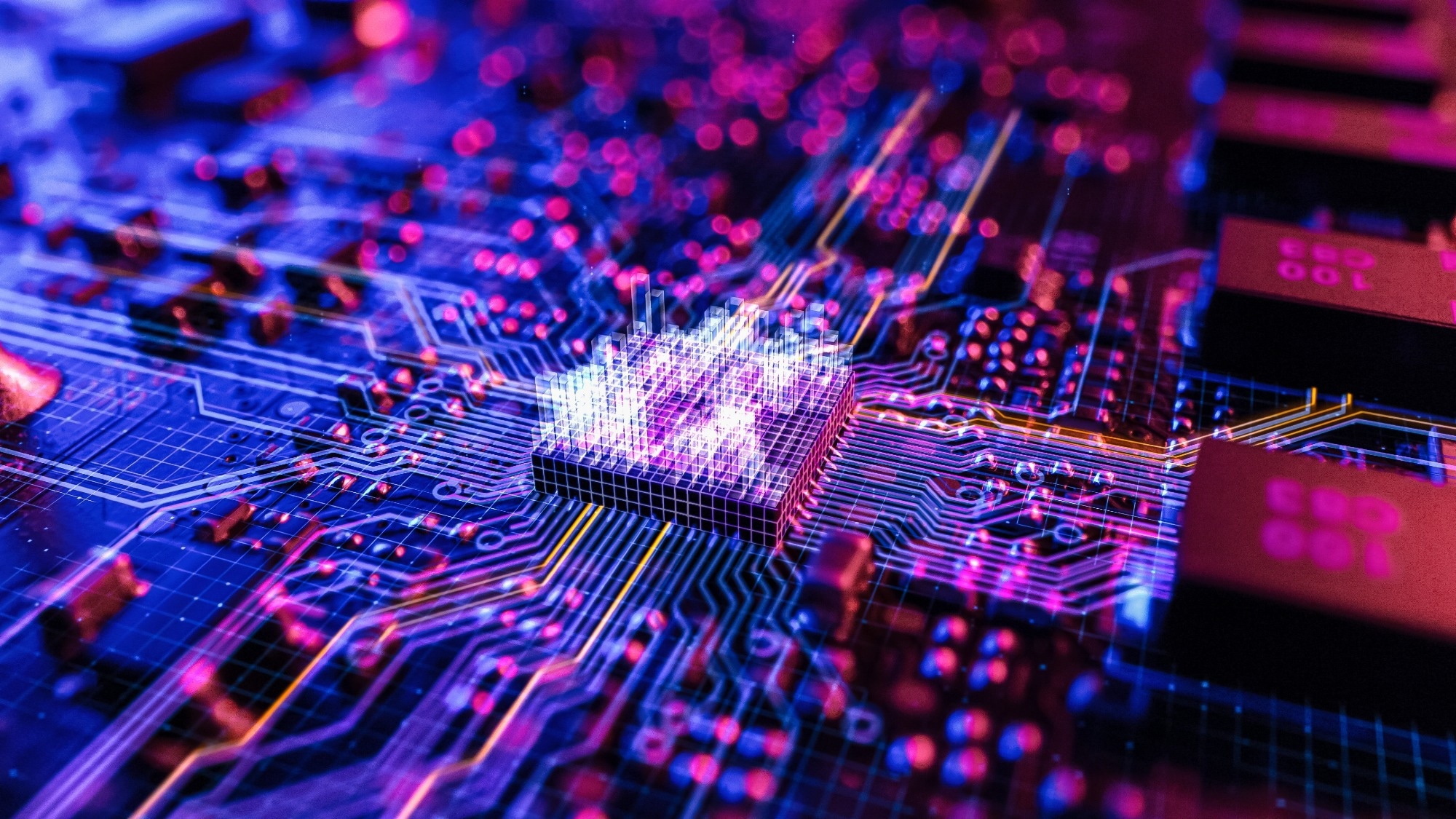New quantum memory sets benchmark for reliability, boosting prospects for scalable quantum computing and communication.

Image Credit: Gorodenkoff/Shutterstock.com
Quantum memory is a key piece of the puzzle in making quantum communication and computing actually work. But there’s historically been a stubborn trade-off: if you try to make these memories more efficient (retrieving more of what you put in), you usually end up losing accuracy. On the flip side, focusing on accuracy often means the memory becomes less efficient. Now, Jinxian Guo and his team at Shanghai Jiao Tong University have found a way around that compromise.
Their new approach delivers both high efficiency and high fidelity - something researchers have been chasing for years.
In earlier systems, boosting efficiency tended to crank up noise, which muddied the retrieved quantum states. Attempts to cut down on that noise usually meant not as much information made it out the other end. Guo’s team took a different route. They built their memory using an atomic gas. Incoming quantum states were carried by photons, while the stored states were converted into spin waves held inside the gas.
The breakthrough came from two main innovations. First, they figured out the underlying physics of how the quantum information moves from the photons to the spin waves, giving them a way to optimize the process. Second, they used carefully controlled light to shape and compress those spin waves, making it easier to retrieve the stored data cleanly.
This resulted in a quantum memory that’s up to 94.6 % efficient, with fidelity reaching 98.9 %. Even more impressive, its noise-to-efficiency ratio is at least five times lower than what current systems can manage.
This kind of performance could unlock big advances in everything from high-speed quantum networks to precise quantum-state control and, eventually, large-scale quantum computers.
Journal Reference:
Guo, J. et.al. (2025) Near-Perfect Broadband Quantum Memory Enabled by Intelligent Spin-Wave Compaction. Physical Review Letters. doi.org/10.1103/kbwj-md9n.